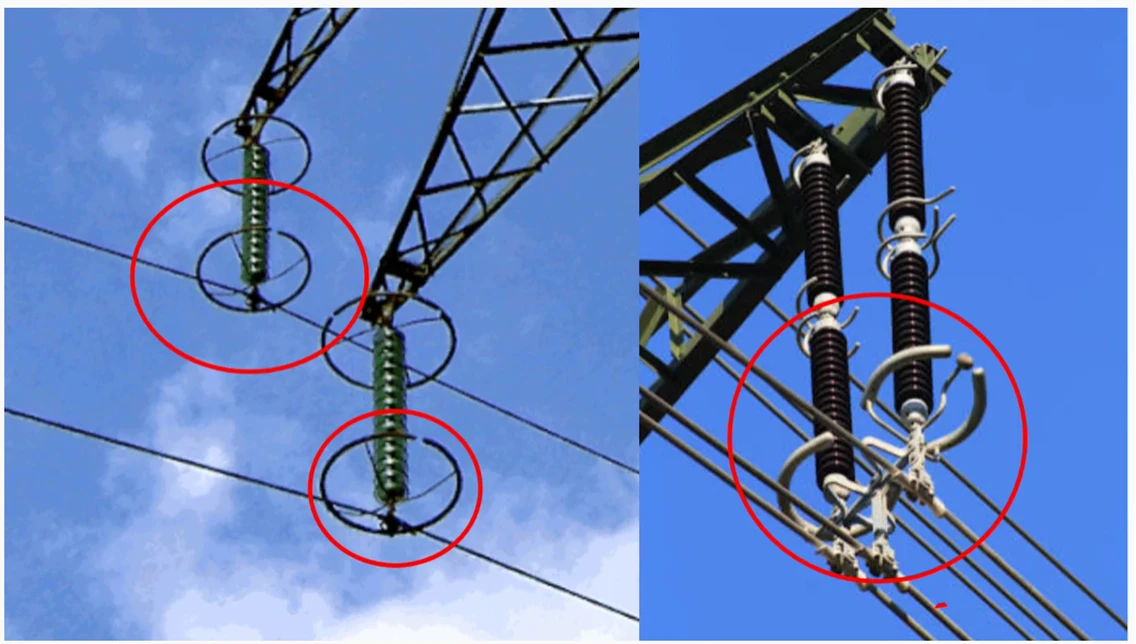In the intricate landscape of high-voltage engineering, the unassuming grading ring emerges as a silent powerhouse, playing a crucial and often overlooked role in optimizing electrical systems. Also referred to as corona rings or anti-corona rings, these unpretentious components wield a significant impact on electric field management, corona discharge prevention, and overall system reliability. This exploration aims to corona rings decode the power of grading rings, shedding light on their essential role and unveiling the crucial contributions they make to the efficiency and integrity of electrical systems.
1. Understanding Grading Rings: Silent Guardians of Electric Fields
At its core, a grading ring is a conductive component strategically placed on high-voltage conductors. Its primary purpose is to shape and manage electric fields with precision. This meticulous field management is vital for preventing corona discharge, a phenomenon that can lead to energy losses and compromise the stability of electrical systems. Grading rings, therefore, emerge as silent guardians, ensuring the optimal functioning of electric fields.
2. Precision Electric Field Management: The Core Functionality
The pivotal role of grading rings lies in their ability to manage electric fields with precision. As voltage levels escalate, the risk of corona discharge increases. Grading rings are designed to optimize the distribution of electric fields, creating a uniform environment. This precision electric field management is the linchpin in preventing corona discharge and establishes the foundation for enhanced system reliability and efficiency.
3. Proactive Corona Discharge Prevention: A Key Efficiency Measure
Corona discharge poses a significant threat to the efficiency of electrical systems, leading to energy losses and potential equipment damage. Grading rings take a proactive stance in preventing corona discharge. By evenly distributing the electric field along the conductor, grading rings minimize the risk of ionization in the surrounding air, ensuring energy conservation and contributing to the overall efficiency of electrical systems.
4. Overhead Transmission Lines: A Crucial Application
Grading rings find critical applications in overhead transmission lines, where the challenges of corona discharge are pronounced. Placed strategically along these lines, grading rings contribute to stabilizing electric fields, preventing corona discharge, and enhancing the overall performance of the transmission system. The efficiency gains achieved by grading rings are particularly crucial in maintaining the integrity of overhead transmission systems over vast distances.
5. Extension of Insulator Lifespan: Efficiency Beyond the Surface
Beyond their role in preventing corona discharge, grading rings silently extend the lifespan of insulators. This often-unnoticed efficiency measure not only ensures prolonged insulator efficiency but also reduces the need for frequent maintenance activities. The extended lifespan of insulators directly contributes to increased system reliability and efficiency.
6. Computational Simulations: Tailoring for Optimal Performance
Advancements in computational simulations have revolutionized the design and optimization of grading rings. Engineers employ grading rings sophisticated modeling techniques to simulate electric field dynamics, predict corona behavior, and fine-tune the design of grading rings for optimal performance. This scientific approach ensures that grading rings are not just components but finely tuned solutions tailored for maximum efficiency in real-world high-voltage scenarios.
7. Environmental Adaptability: Consistent Efficiency Across Conditions
Operating in diverse environmental conditions requires a high level of adaptability. Grading rings are designed to withstand extreme temperatures, humidity, and pollution, ensuring consistent efficiency across various scenarios. This adaptability contributes to the overall robustness and reliability of high-voltage systems, underscoring the versatility of grading rings in maintaining efficiency under challenging environmental conditions.
8. Versatility in Component Efficiency: Beyond Transmission Lines
While overhead transmission lines are a primary application, grading rings showcase versatility in enhancing the efficiency of various high-voltage components. Their influence extends to transformers, circuit breakers, and switchgear, ensuring consistent electric field management and enhancing the overall reliability of diverse elements within the electrical infrastructure. This versatility highlights the comprehensive impact of grading rings in optimizing the efficiency of various electrical components.
9. Precision Engineering: The Efficient Foundation
The efficient foundation of grading rings lies in precision engineering. Meticulous design, material science advancements, and computational simulations work harmoniously to create components that are finely tuned for optimal performance. This commitment to precision engineering positions grading rings as essential tools in the pursuit of electrical system optimization and efficiency.
10. Future Prospects: Efficiency at the Forefront
Looking ahead, grading rings hold the promise of further innovations that will shape the landscape of electrical system efficiency. Ongoing research and development may lead to advancements in materials, designs, and applications, reinforcing the crucial role of grading rings in optimizing power transmission systems and unlocking new frontiers of efficiency.
Conclusion: Grading Rings as Efficiency Architects
In conclusion, grading rings emerge as efficiency architects in the realm of high-voltage engineering. Their role in shaping electric fields, preventing corona discharge, and contributing to overall system optimization underscores their significance. As silent architects of efficiency, grading rings exemplify the fusion of science and engineering excellence, playing an indispensable role in decoding the power within electrical systems and ensuring their seamless and efficient operation.
